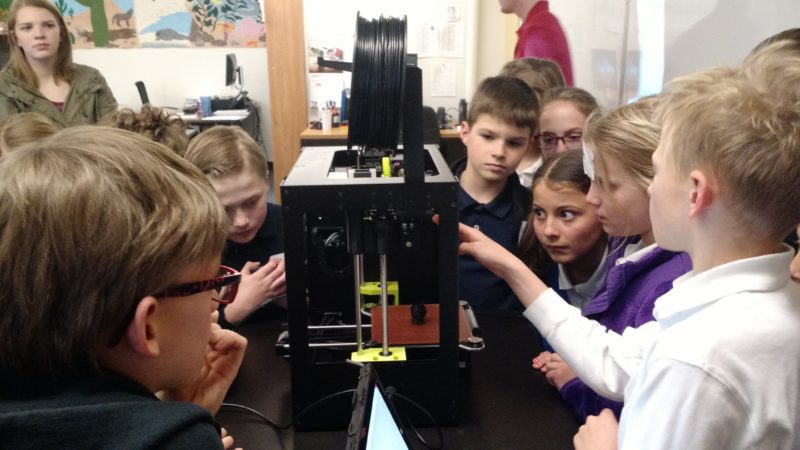Irina Foster, Engineer, Master’s of Science, LEED AP, Academic Director of Science Playhouse
Interestingly, we at Science Playhouse have had many conversations about developing meaningful STEM programs for 3-5 year olds. In fact, our own almost 4 year old Matthew gets so excited about watching his older brothers experimenting and “playing” with science, that he himself is doing “experiments”. Wearing a lab coat and goggles, he starts mixing everything he can get his hands on, adds a healthy dose of food coloring and salt, and proudly displays the concoction! In his mind, he is a real scientist. Does he know the difference between alkaline and acidic solutions? Not yet… But he already thinks science is FUN and full of cool discoveries. So maybe we should invest time and energy to develop a curriculum for younger, curious minds and call it Messy Science J
Inquiry-based learning, sounds fancy enough? We just learned it ourselves! Apparently, it’s what kids do when instructors supply carefully chosen materials, and let the kids just dive in and start investigating and experimenting. It is especially useful with younger, pre-K to 2nd Grade students, who learn a lot of valuable skills while “playing” with science and technology. The kids develop real love for science that will serve them well in upper grades and their professional life.
One school in Sibley, Iowa, part of the Sibley-Ocheyedan school district has been known for its strong Science, Technology, Engineering and Mathematics (STEM) programming. Traditionally, similar to the others schools across the country, the school was teaching science and technology to its middle and highs school students. However, in 2009, they incorporated science and technology subjects into curricula for pre-K to 1st grade, and the results were nothing short of amazing!
The teachers used inquiry-based learning and provided youngsters with various science, technology and engineering equipment. The kids would engage in solving engineering challenges, learning basic programming, and “playing” with science. “Along with the STEM materials, we got an adult-sized scientist’s lab coat and goggles,” said one of the teachers. “When they see me put that on, it’s like we’ve all become scientists. They love that. … They say, ‘We’re going to do an experiment! We’re going to be scientists!’ so they are learning even at four and five that they can be scientists.”
Check out some of the latest STEM courses from Science Playhouse.
Reference: Were going to be scientists – Sibley HS teacher uses stem funding to support pre-k


Leave a Reply